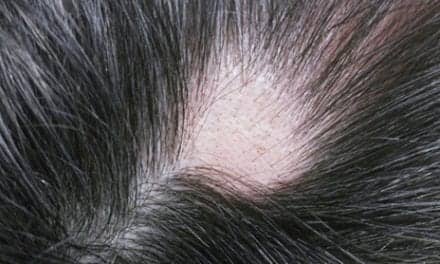We all grow old. We all die.
For Aubrey de Grey, a biogerontologist and chief science officer of the SENS Research Foundation, accepting these truths is, well, not good enough. He decided in his late twenties (he’s currently 54) that he “wanted to make a difference to humanity” and that battling age was the best way to do it. His life’s work is now a struggle against physics and biology, the twin collaborators in bodily decay.
He calls it a “war on age.”
Grey considers aging an engineering problem. The human body is a machine, he told me in the following interview, and like any machine, it can be maintained for as long as we want.
This is not an isolated view. There is a broader anti-aging movement afoot, which seems to be growing every day. As Tad Friend describes colorfully in a recent New Yorker essay, millions of venture capital dollars are being dumped into longevity research, some of it promising and some of it not. Peter Thiel, the billionaire co-founder of PayPal, is among the lead financiers (he’s a patron of Grey’s organization as well).
Grey’s work is particularly interesting. For too long, he argues, scientists have been looking for solutions in all the wrong places. There is no monocausal explanation for aging. We age because the many physical systems that make up our body begin to fail at the same time and in mutually detrimental ways.
So he’s developed what he calls a “divide-and-conquer strategy,” isolating the seven known causes of aging and tackling them individually. Whether it’s cell loss or corrosive mitochondrial mutations, Grey believes each problem is essentially mechanical, and can therefore be solved.



